DeWalt DW096 Manual
DeWalt
Ikke kategoriseret
DW096
| Mærke: | DeWalt |
| Kategori: | Ikke kategoriseret |
| Model: | DW096 |
Har du brug for hjælp?
Hvis du har brug for hjælp til DeWalt DW096 stil et spørgsmål nedenfor, og andre brugere vil svare dig
Ikke kategoriseret DeWalt Manualer
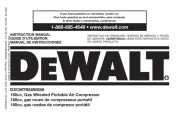
16 September 2025
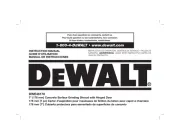
7 September 2025
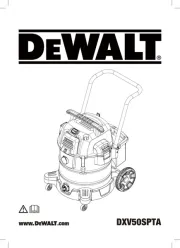
4 September 2025

4 September 2025

3 September 2025
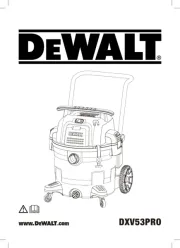
3 September 2025

3 September 2025
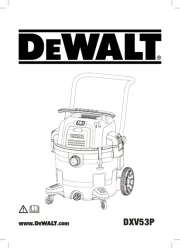
3 September 2025
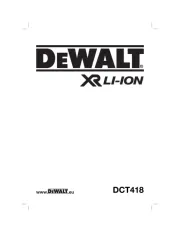
3 September 2025

3 September 2025
Ikke kategoriseret Manualer
- Hamax
- UPM
- Leef
- Klauke
- Schabus
- Yealink
- Adj
- T.I.P.
- Helios
- eMotimo
- Nanoleaf
- Datalogic
- Blebox
- Evoc
- Favini
Nyeste Ikke kategoriseret Manualer
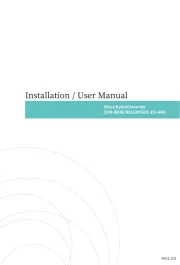
29 Oktober 2025

29 Oktober 2025
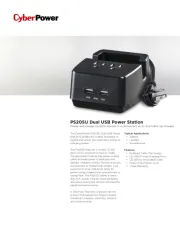
29 Oktober 2025
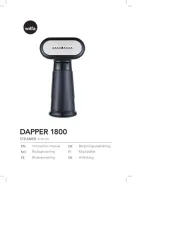
29 Oktober 2025

29 Oktober 2025

29 Oktober 2025
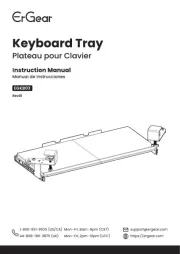
29 Oktober 2025
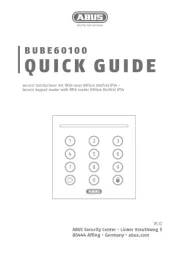
29 Oktober 2025

29 Oktober 2025

29 Oktober 2025
